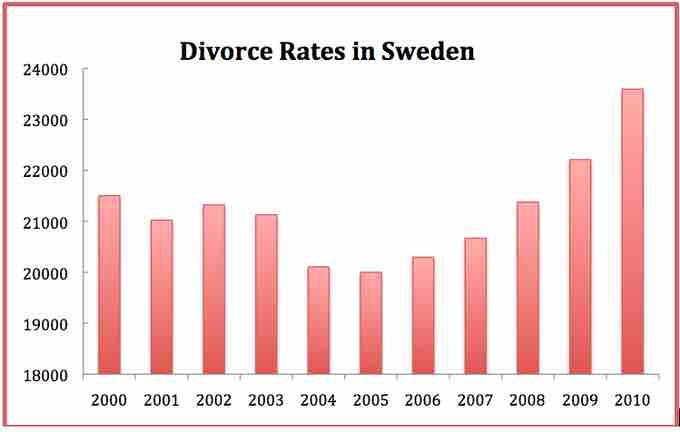Divorce is the final termination of a marital union, canceling the legal duties and responsibilities of marriage, and dissolving the bonds of matrimony between the parties. Divorce laws vary considerably around the world, but in most countries it requires the sanction of a court or other authority in a legal process. The legal process of divorce may also involve issues of alimony, child custody, child support, distribution of property, and division of debt. Between 1971 and 2011, several countries legalized divorce, the last one being Malta in 2011.
Types of Divorce
Though divorce laws vary among jurisdictions, there are two basic approaches to divorce: fault based, and no-fault based. Under a no-fault divorce system, divorce requires no allegation or proof of fault of either party. The barest of assertions suffice. For example, in countries that require "irretrievable breakdown," the mere assertion that the marriage has broken down will satisfy the judicial officer. By contrast, fault-based divorce systems require proof by one party that the other party has committed an act incompatible to the marriage. This is termed "grounds" for divorce (popularly called "fault") and is the only way to terminate a marriage under a fault-based system.
A summary divorce, available in some jurisdictions, is used when spouses meet certain eligibility requirements, or can agree on key issues beforehand. Key factors include a short marriage, no children, and minimal property. When the parties can agree and present the court with a fair and equitable agreement, approval of the divorce is almost guaranteed. These are termed uncontested divorces. If the two parties cannot come to an agreement, they may ask the court to decide how to split property and deal with the custody of their children. Finally, divorce mediation is an alternative to traditional divorce litigation. In a divorce mediation session, a mediator facilitates the discussion between the two parties by assisting with communication and providing information and suggestions to help resolve differences. At the end of the mediation process, the separating parties have typically developed a tailored divorce agreement that can be submitted to the court.
Divorce of Same-Sex Married Couples in the United States
Although marriage was previously defined as a legal union between one man and one woman in the United States, over the past decades several states have begun to consider adopting, or have adopted, legislation which legalizes same-sex marriage. Once legally married, same-sex couples are entitled to the same degree of financial security as their hetero-sexual counterparts, including, but not limited to, the right to receive their spouse's death benefits, health insurance, life insurance and other protections. For same-sex couples, divorce law is in its infancy and is less than clear on how such unions may be legally dissolved. For example, if a same-sex couple is married in a state that recognizes gay marriage but returns to reside in a state that does not, they might find themselves in a situation where their own state, in failing to recognize their union, will also fail to enable them to divorce.

Divorce Rates in Sweeden
This graph depicts divorce rates in Sweden from 2000 to 2010.